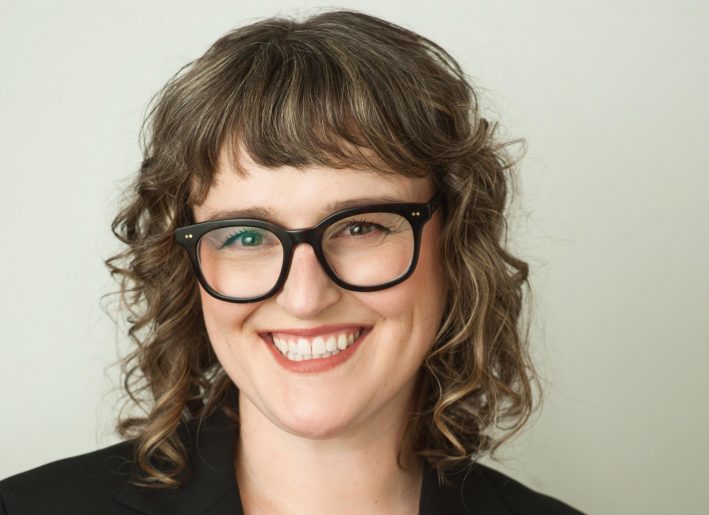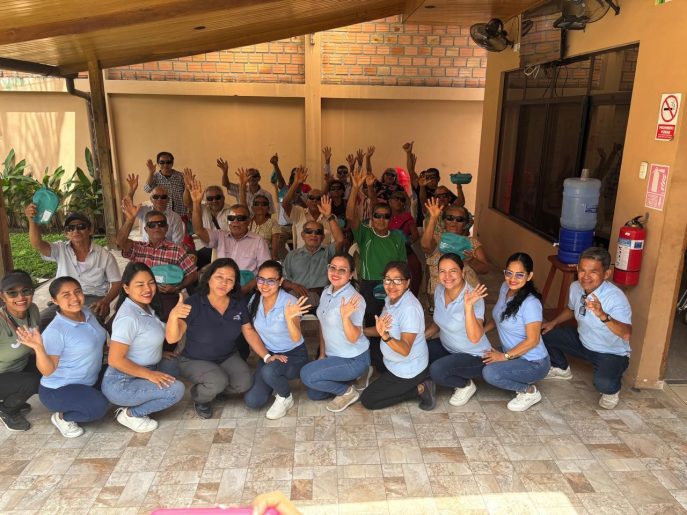Data tells us what, how many, and where, but it has no meaning on its own; evidence-based research tells us why. Research isn’t the data Seva collects; it’s how we interpret, validate, test and use that data to advance our understanding of eye care programs. We need both data and research to drive our decision-making and to improve our impact and cost-effectiveness.
One of Seva Canada’s best examples of innovation through research was when we, with our partner the Kilimanjaro Centre for Community Ophthalmology (KCCO), became the first eye care organizations to separate our data into male and female patients. This simple act of analyzing our data led to the understanding that 2/3 of the world’s burden of blindness was borne by women and girls.
Based on our findings, KCCO and Seva Canada implemented strategies to achieve gender equity in the treatment of blindness that resulted in a 10% reduction of the number of women who are blind. A perfect example of research driving innovation.
Unfortunately, the statistical improvement does not extend to girls who are still only half as likely as boys to receive eye care services. With your support, we will continue to research and innovate to ensure everyone has an equal right to sight.



